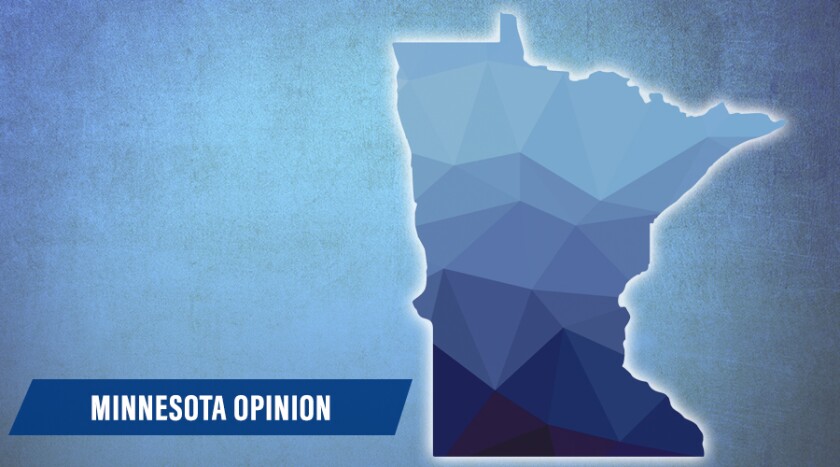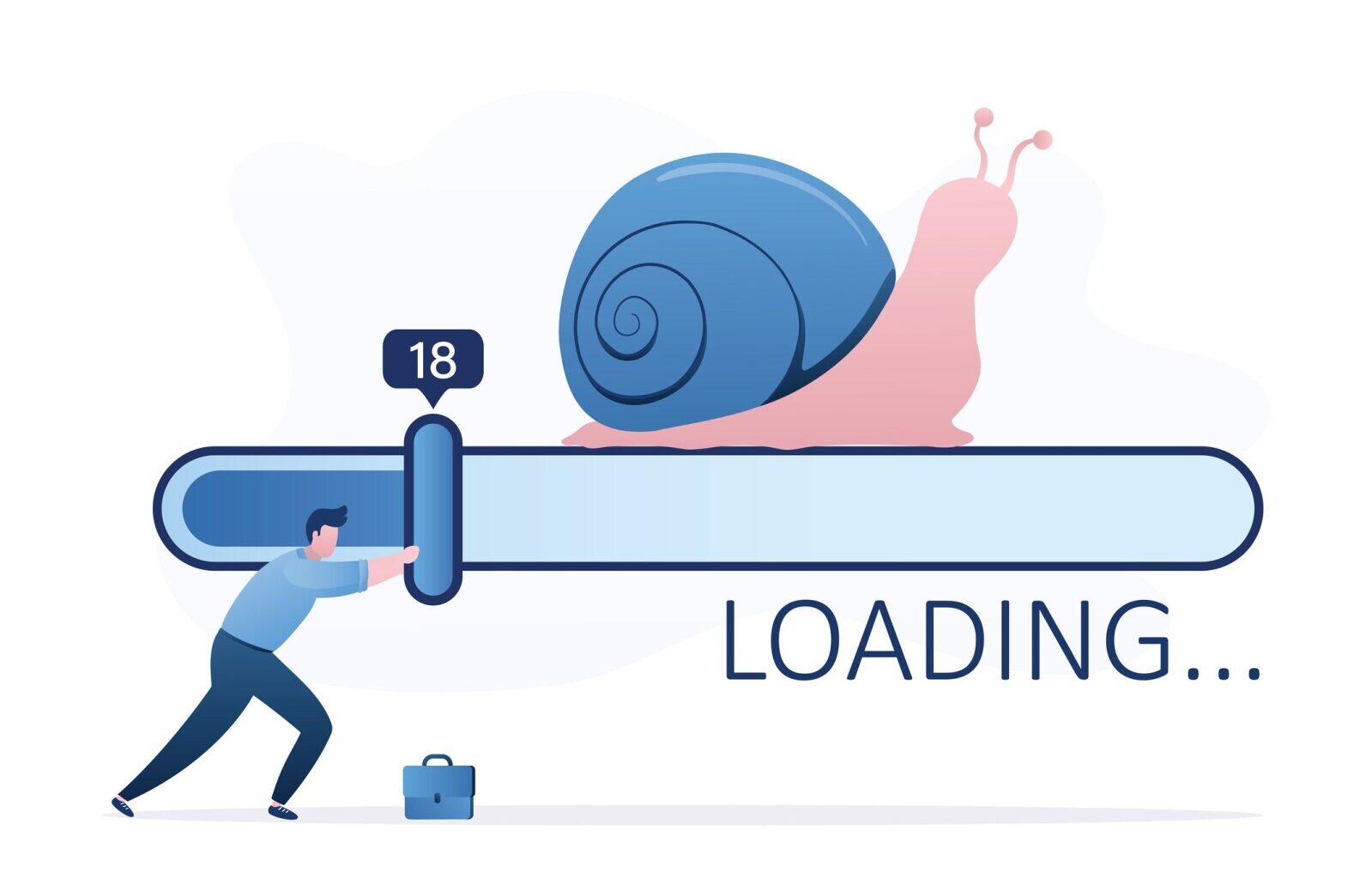You could do worse than Minnesota for internet speeds — although not much worse.
In an annual
released recetnly, our state ranked a disappointing seventh-slowest in the nation. Ouch. Average download speeds here of 164.68 Mbps fall far short of the U.S. average of 214. Delaware leads the way with an admirable clip of nearly 247 Mbps.
Minnesota’s poor showing is despite the reality that, “Internet access is no longer a luxury,” as Sage Singleton of HighSpeedInternet.com wrote in releasing the report to news outlets, including to the News Tribune Opinion page. “It’s a necessity for everyday life, from remote work and school to streaming, telehealth, and small business operations.”

Minnesota Opinion editorial
Forum News Service graphic
Indeed. But Minnesotans who may be feeling left behind can take solace that much continues to be done at the state Capitol in St. Paul and in Washington, D.C., in the name of boosting speeds and connectivity here and getting more of us online, especially in rural areas, like so much of the Northland.
“We should be able to bring high-speed internet to every family in Minnesota — regardless of their zip code,” Minnesota’s U.S. Sen. Amy Klobuchar, among those working to address broadband in our state, said in a statement the same day as the report was released.
Klobuchar was alerting the press not about the report but about the latest piece of legislation to address the problem: the Senate’s passage of the bipartisan Rural Broadband Protection Act. If signed into law, it would require the Federal Communications Commission to do a better job of vetting internet providers to ensure they can deliver reliable broadband to underserved and rural communities. In accordance with the act, stepped-up vetting would kick in when providers apply for federal funding. Klobuchar and Sen. Shelley Moore Capito, R-West Virginia, are the drivers behind the act.
“This bipartisan legislation will help Americans connect to work, school, health care, and business opportunities by ensuring the companies that apply for federal funding to build out broadband infrastructure can get the job done,” stated Klobuchar, co-chair of the Senate Broadband Caucus. “I’ll keep fighting to close the digital divide and ensure Minnesota families can reliably access the high-speed internet they need.”
That legislation builds on Klobuchar’s 2021 Accessible, Affordable Internet for All Act, which expanded high-speed internet nationwide. She also has long supported the Universal Service Fund, which promotes access to broadband and other telecommunications services and supports connecting more rural schools, libraries, and health care facilities.
Closer to home in St. Paul, Minnesota lawmakers this past legislative session addressed broadband on a number of fronts. They considered the
, which would allow cities to franchise broadband providers, making the deployment of broadband more equitable statewide, especially in rural and underserved areas. They considered pouring $100 million into the state’s
Border-to-Border Broadband Program
and
Lower Population Density Program
, both of which help push high-speed internet deeper into rural Minnesota. And lawmakers addressed affordability by discussing
internet service providers to offer plans specifically for low-income residents. Unfortunately, the measures didn’t pass.
At a hearing in February 2024 of the Minnesota Senate’s Agriculture, Broadband, and Rural Development Committee, Sen. Grant Hauschild, DFL-Hermantown, lamented how “rural communities are constantly told to wait — wait for funding, wait your turn, you don’t have the density, or you don’t have the property tax base. Whatever it is, you don’t get what the urban centers get, and you don’t get what the suburbs get.”
There’s no question he, Klobuchar, and others elected to represent the Northland are working to change that. But the time it’s taking can’t be allowed match Minnesota’s turtle-like internet speeds.
This Minnesota Opinion editorial is the viewpoint of the Duluth News Tribune Editorial Board. Send feedback to: opinion@wctrib.com.

